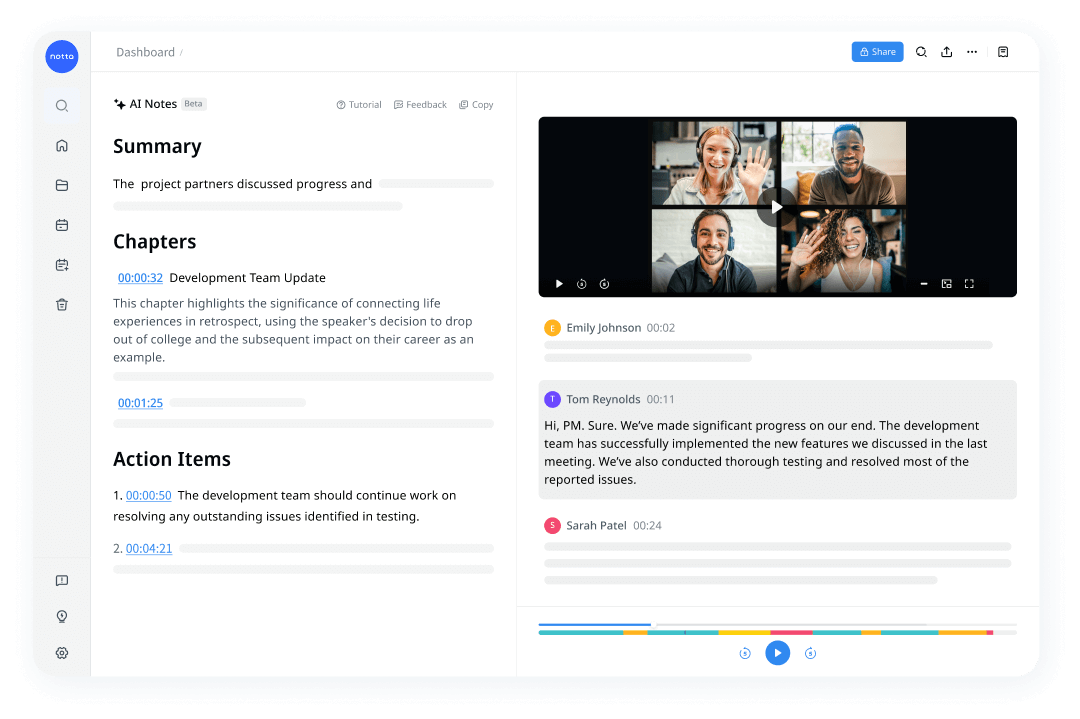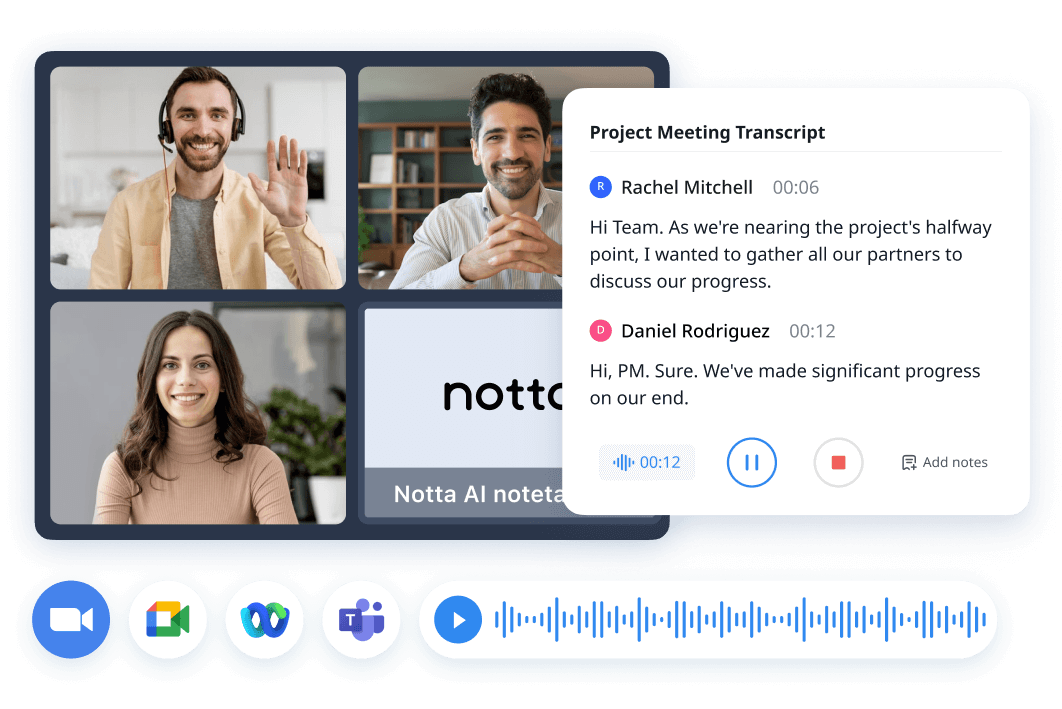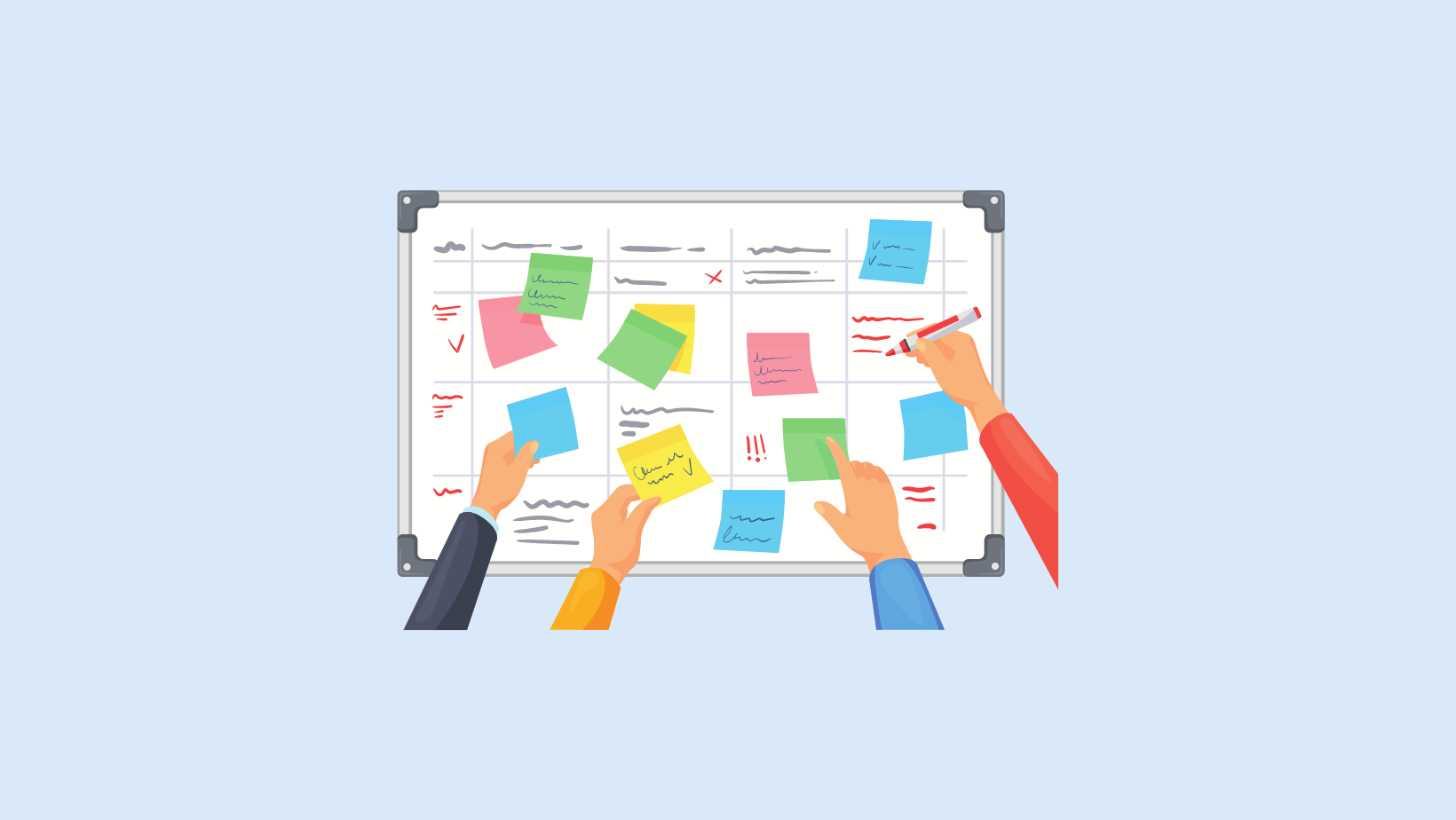Nobody likes it when they are interrupted every hour for a meeting — we all know it's a time-waster. But it's not about never having meetings to save time — in fact, some meetings are important for business growth. Sprint planning meetings are one of those gatherings where product teams come together to develop plans for a product.
It's the very first thing the scrum team does at the beginning of every sprint, which involves planning their work and discussing the deliverables. But how to run a successful sprint planning meeting? And, most importantly, who attends these meetings? Fret not; I've covered everything in this guide!
Here, I'll reveal how to plan a sprint meeting, templates, and some helpful tips to run an effective meeting.
What is a sprint planning meeting?
A sprint planning meeting is a part of the scrum framework where the scrum team gathers to determine what work they are planning to do in a specific time interval. As the term ‘sprint planning meeting’ defines, it's a meeting that focuses on the planning of a sprint (a specific time interval in which the scrum team plans to complete a set amount of work).
The goal of the sprint planning meeting is to determine deliverables and how the team is planning to complete the tasks. In sprint planning, the scrum team reviews all the high-priority backlog items and estimates the time each item will take to complete. While the length of sprint meetings will depend on your goals, most teams plan bi-weekly to monthly sprints.

Who should attend a sprint planning meeting?
Once you know the purpose of the meeting, you need to thoughtfully consider who will attend the sprint. Generally, the scrum master, product manager, and product team are involved in sprint planning meetings. Let's explain them briefly:
Scrum master: The scrum master is like the team leader who facilitates the sprint planning meeting. They make sure the meeting rooms are booked, all the attendees are prepared, and the meeting doesn't exceed the time limit. For example, it should not exceed 1-2 hours, and the scrum master makes sure all the important points are discussed before the meeting ends.
Product manager: The product manager should be part of the sprint planning meeting. Their job is to find the areas that can be improved to increase the overall value of the product.
Product team: Anyone who will work on the project should be present in the meeting. Everyone will identify the meeting goals together and create a plan on how to reach them.
How to plan & conduct an effective sprint planning meeting?
Meetings already take up too much of the workday. From finding a time that works for all attendees to making sure everyone attends the meeting and sending the summary to attendees — there are a lot of things that you need to take care of. If you're planning a sprint meeting, there are many other things you’ll need to keep in mind.
1. Check the backlog items
A backlog is like a to-do list, and each task required to complete the project is added to it. The tasks are ranked in priority order from most to least importance. Before you start the sprint planning meeting, you'll need to check the items that can be a part of the next sprint.
2. Create a sprint planning meeting agenda
Now comes the most important part: create a sprint planning meeting agenda that includes the meeting goals, task details, timeline for different tasks, and action items. The detailed document will help the product team know what you're planning to cover in the meeting. Once you've prepared the agenda, make sure to share the document with all the attendees.
3. Check in with the team
You should start with a small talk and some quick updates to engage the whole team. If that does not sound like the right solution, you can also consider starting with an icebreaker question like ‘Okay, for today's icebreaker, you will share your name, role, and what you ate for breakfast. I'll go first!’
4. Estimate priorities and review progress
Once everyone is ready, pull up the product backlog, discuss things with the team, and let them ask questions. You can select a few of the priorities for the sprint and review the new insights that might affect the product roadmap.
5. Determine task ownership
Before you assign tasks to the team members, make sure they have time and can complete the assigned tasks. You should take some time out to listen to what the team has to say. Remember, on the surface, the team is working together to accomplish the goal. But in reality, you need to do some work to get your team aligned and meet the sprint goal.

Run effective sprint planning meetings
Transcribe meetings, summarize important details and automate scheduling with Notta.
Sprint planning meeting agenda template
If you're starting with the sprint planning meeting agenda from scratch, here's a template that will help you.
Title: Sprint planning meeting agenda
Date: May 15, 2024
Time: 10:00 AM - 11:00 AM
Location: Zoom
Attendees: [Here insert the names or email addresses of the scrum master, product manager, and other product team members]
Team check-in [5 minutes]
You can start the sprint planning meeting with an icebreaker question or discuss how everyone's week is going.
Review the last sprint [15 minutes]
The next step is to appreciate the team for completing the tasks on time and identify any backlogs from the last sprint.
Estimate priorities [15 minutes]
Now, you can pull up some tasks that need to be prioritized. Make sure you involve the entire team, so they feel their voices are heard.
Team availability [15 minutes]
Check the team availability and then assign the tasks based on how much work can be completed in the sprint time.
Any additional notes
At the end of the meeting agenda, leave some space for the attendees to write their questions or feedback.
Tips to run an effective sprint planning meeting
The product manager and the whole team are responsible for hosting sprint planning meetings. And if you're the product manager, you want to do everything to make sure everything runs smoothly and all the assigned tasks are completed on time. Here, I'll share some helpful tips that can help you run a successful sprint planning meeting.
1. Set a meeting duration and stick to it
There's no doubt that sprint planning meetings are important for product success — but that does not mean they should take forever. In fact, you need to carefully plan and pick a time that works for everyone. I'd recommend hosting no more than 1-2 hours of meetings for sprint planning meetings.
2. Leave room for flexibility
All agile methodologies are flexible — and scrum is no different. It can be hard to predict that everything goes according to the plan. For this reason, you'll need to make sure there's room for flexibility, and the team is prepared to adjust along the way.
3. Use input from previous sprints
Sprint planning meetings are not one-off projects. You'll host them weekly, bi-weekly, or monthly to better manage the complete project. I would suggest you check the performance of the last sprint. If there's anything that was left incomplete, you can add the tasks in the next sprint.
4. Share the meeting recap with everyone
Within 3-4 hours of the sprint planning meeting, send a follow-up email to the attendees. The email should include the summary of assigned tasks and what was discussed in the meeting. This step will ensure the attendees do not forget what tasks they're responsible for. If you don't have time to create a meeting summary, you may consider using Notta AI meeting assistant.

Notta can join your virtual meetings on Zoom, Google Meet, Microsoft Teams, or Webex and automatically transcribe the spoken words into text. If you wish to create a meeting summary with different chapters and action items, Notta's AI summary feature might help! With just 1 click, you can summarize the lengthy transcripts and directly share the summary with the product team.
More productive meetings, with Notta
Automatic scheduling, live meeting notes ,and ready-to-use AI summary templates
Key takeaways
If you're working on a long-term project, the scrum framework gives you a better sense of when the team will finish specific projects and tasks. At first, it may seem like a sprint planning meeting simply eats the time you might spend on completing tasks. But, in reality, proper planning can actually improve productivity by helping you find better ways to work.
If you're a busy professional and want to automate some tasks involved in a sprint planning meeting, an AI transcription tool like Notta sounds like an ideal solution. It can help you schedule meetings, record and transcribe them via the Notta bot, and summarize the transcripts to get quick information. It comes with a free plan, so you can test the features before upgrading to the affordable paid plan.
FAQs
When should the sprint planning meeting happen?
You should conduct the sprint planning meeting at the beginning of the first sprint. It helps the team decide what things they'll focus on in the upcoming week and make sure the assigned tasks are completed.
Why should you run a sprint planning meeting?
The key objective of the sprint planning meeting is to choose the right set of backlog items and identify how you are planning to work on them. Its goal is to help the product manager track what the team is working on and help team members with a clear and action-oriented direction.
How long does a sprint planning meeting last?
The sprint planning meetings typically last for 1-2 hours for each week of the sprint. For example, if you are hosting a three-week-long sprint, the meeting should last for nearly 3-6 hours. However, it's worth noting that sprint planning meetings should not exceed eight hours in total.



